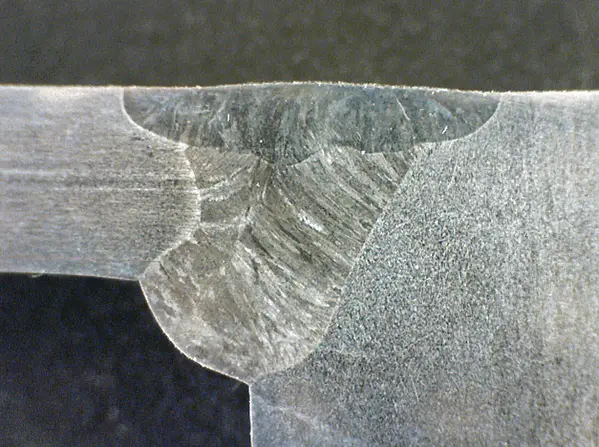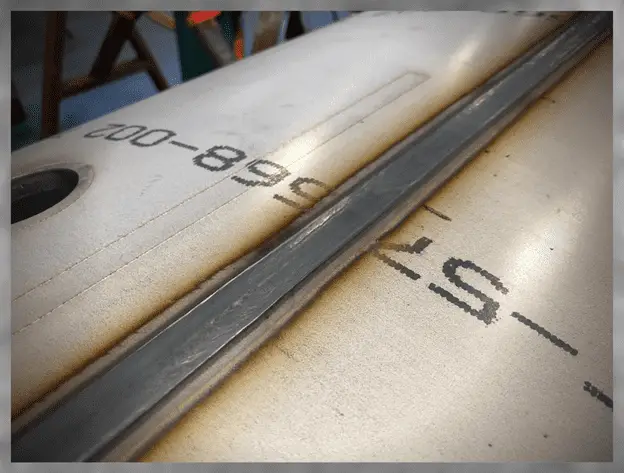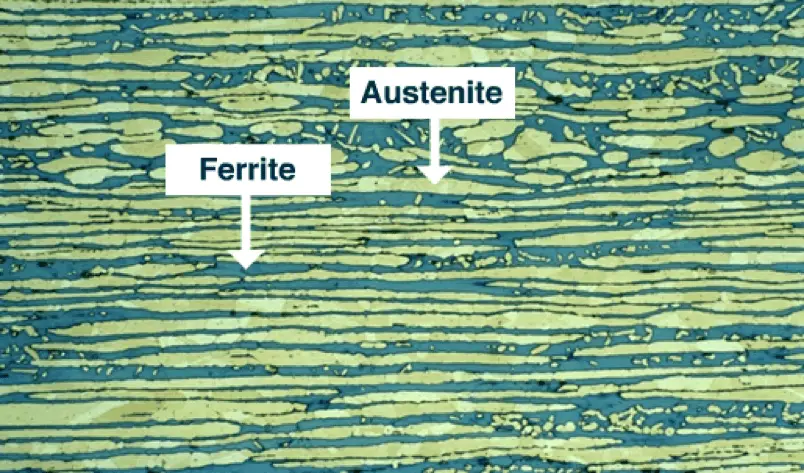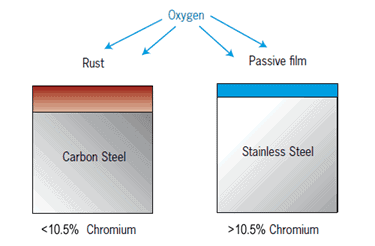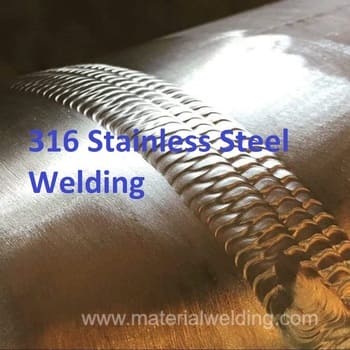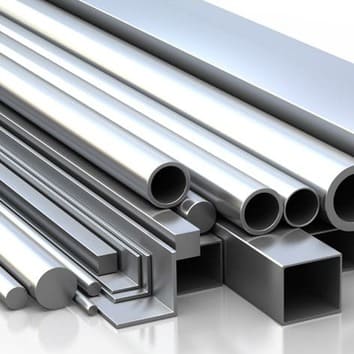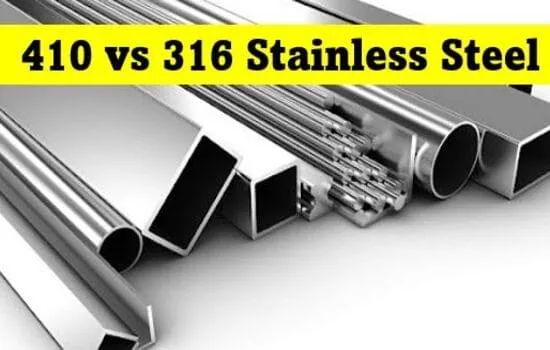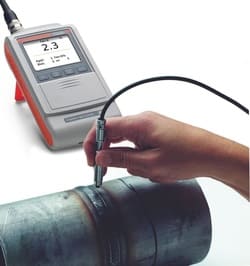In the world of metallurgy, duplex stainless steel is known for its exceptional strength, corrosion resistance, and versatility. Among the various grades of duplex stainless steel, A351 Grade CD4MCuN stands out for its excellent combination of mechanical properties and resistance to pitting and crevice corrosion.
In this article, we will explore the welding process for CD4MCuN, focusing on its unique characteristics, best practices, and key considerations.
Understanding CD4MCuN
CD4MCuN is a duplex stainless steel casting alloy that contains chromium, nickel, molybdenum, and copper. Its dual-phase microstructure consists of equal proportions of ferrite and austenite, providing a balance between strength and corrosion resistance.
This makes CD4MCuN highly suitable for applications in demanding industries such as oil and gas, chemical processing, and marine environments.
CD4MCuN Chemical Compositions
The chemical composition of CD4MCuN, a duplex stainless steel casting alloy, typically falls within the following ranges:
- Chromium (Cr): 24.0-27.0%
- Nickel (Ni): 3.0-5.0%
- Molybdenum (Mo): 1.75-2.75%
- Copper (Cu): 1.5-3.0%
- Nitrogen (N): 0.10-0.30%
- Carbon (C): 0.03% maximum
- Silicon (Si): 1.0% maximum
- Manganese (Mn): 1.0% maximum
- Phosphorus (P): 0.04% maximum
- Sulfur (S): 0.03% maximum
CD4MCuN Mechanical Properties
CD4MCuN, a duplex stainless steel casting alloy, exhibits excellent mechanical properties that make it suitable for a wide range of applications. The mechanical properties of CD4MCuN can vary depending on factors such as the casting process, heat treatment, and testing methods. The following are typical mechanical properties for CD4MCuN:
- Tensile Strength: The tensile strength of CD4MCuN is typically in the range of 620 MPa (90,000 psi) to 800 MPa (116,000 psi). This high tensile strength provides structural integrity and resistance to mechanical loads.
- Yield Strength: CD4MCuN has a yield strength of approximately 450 MPa (65,000 psi) to 550 MPa (80,000 psi). The yield strength represents the point at which the material begins to deform permanently under applied stress.
- Elongation: CD4MCuN typically exhibits an elongation of 25% to 35%. The elongation is a measure of the material’s ability to stretch or deform before fracture, indicating its ductility.
- Hardness: CD4MCuN has a hardness range of 25 HRC to 35 HRC. The hardness is an indicator of the material’s resistance to deformation, wear, and penetration.
- Impact Toughness: CD4MCuN typically demonstrates good impact toughness, which is the ability of the material to absorb energy before fracturing under impact or sudden loading conditions.
- Corrosion Resistance: CD4MCuN is known for its excellent resistance to pitting, crevice corrosion, and stress corrosion cracking, making it suitable for use in aggressive environments such as marine and chemical processing applications.
Welding CD4MCuN:
- Pre-weld Preparation:
- Thoroughly clean the surfaces to be welded to remove any contaminants, such as oils, grease, or scale.
- Ensure the base metal is properly preheated to minimize the risk of cracking and improve weldability.
- Selection of Filler Material:
- Use filler materials specifically designed for duplex stainless steels, such as ER2209 or ER2594 or equivalent SMAW Electrodes.
- These filler materials provide a balanced composition and match the properties of CD4MCuN, ensuring optimal weld integrity.
- Welding Techniques:
- Shielded Metal Arc Welding (SMAW) and Gas Tungsten Arc Welding (GTAW) are commonly used welding processes for CD4MCuN.
- SMAW provides good penetration and is suitable for thicker sections, while GTAW offers precise control and is ideal for thinner sections.
- Welding Parameters:
- Maintain a low heat input to prevent excessive grain growth and maintain the desired mechanical properties.
- Control interpass temperature to avoid excessive heat buildup and ensure proper phase balance.
- Post-weld Treatment:
- Perform post-weld heat treatment (PWHT) to relieve residual stresses and improve corrosion resistance.
- Annealing at temperatures between 1050°C and 1100°C followed by rapid cooling is generally recommended.
Key Considerations for Welding CD4MCuN
- Avoiding Contamination:
- Protect the weld zone from atmospheric contamination by using shielding gases, such as argon or nitrogen.
- Proper purging techniques are essential to prevent the formation of harmful oxides and ensure weld quality.
- Heat Affected Zone (HAZ) Sensitization:
- CD4MCuN is susceptible to sensitization in the HAZ, which can lead to intergranular corrosion.
- Use low heat input and control the cooling rate to minimize sensitization and maintain corrosion resistance.
- Interpass Cleaning:
- Remove any slag or oxide deposits between welding passes to ensure proper fusion and avoid defects.
Conclusion
Welding CD4MCuN, a duplex stainless steel casting alloy, requires careful consideration of its unique characteristics. By following the recommended practices, selecting appropriate filler materials, and maintaining proper welding parameters, high-quality welds can be achieved. However, it is essential to pay attention to post-weld treatments, sensitization issues in the HAZ, and contamination prevention.
